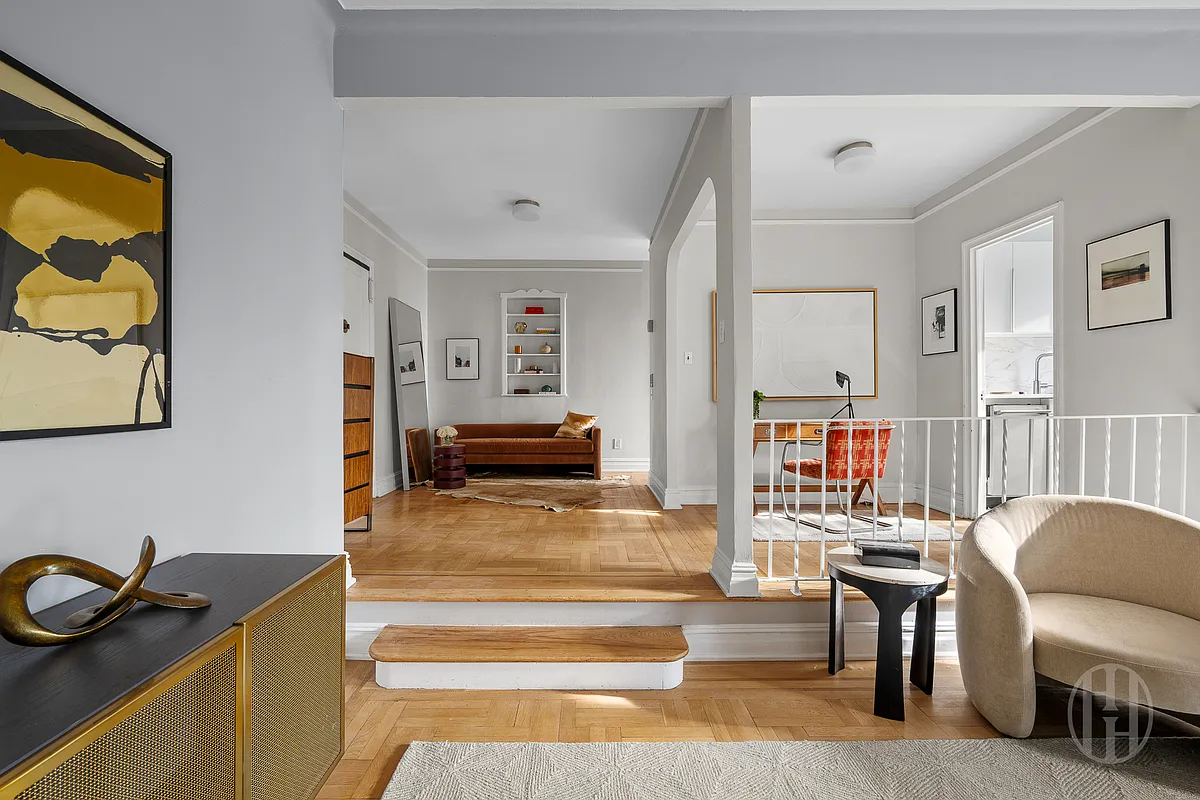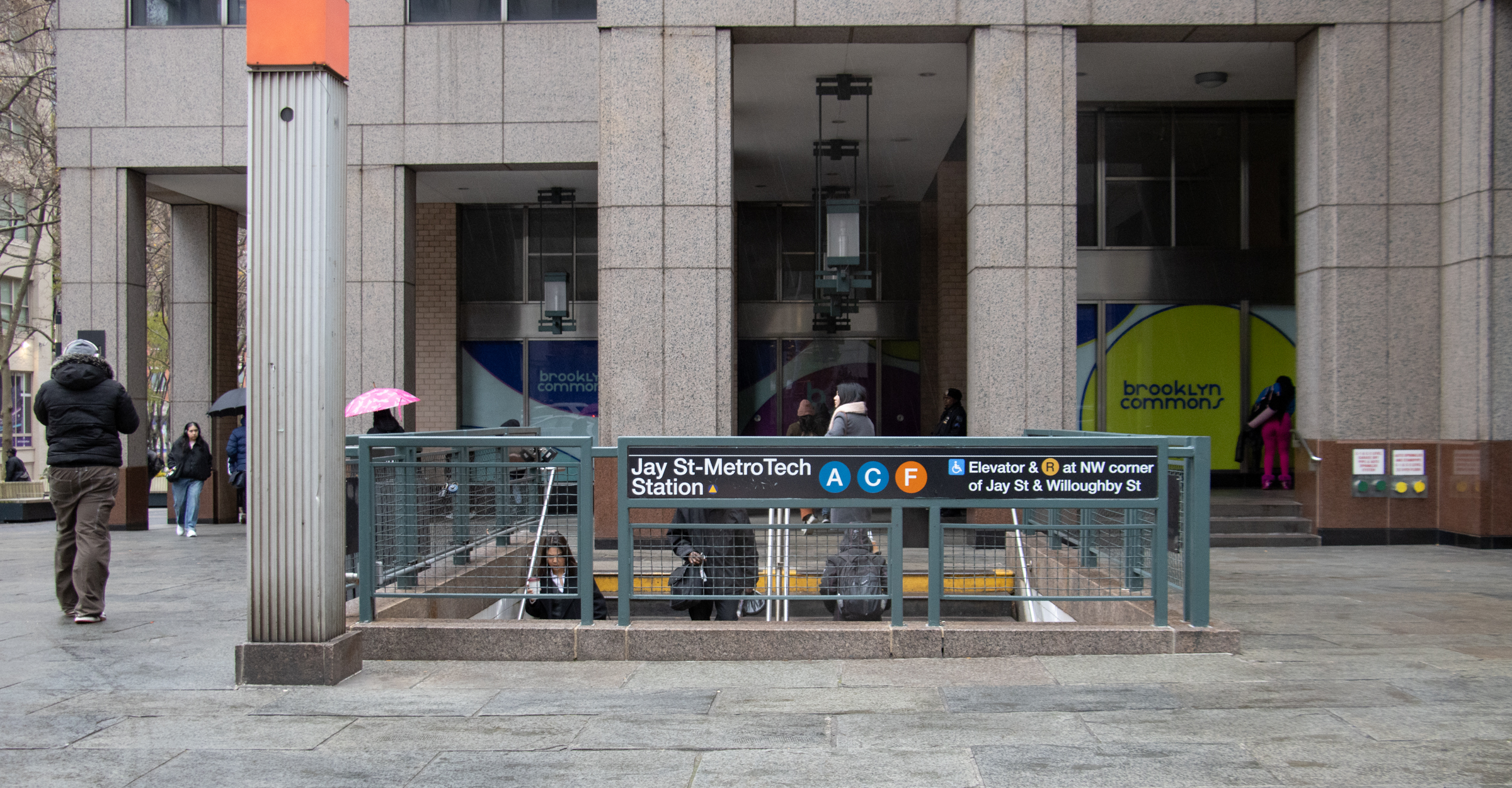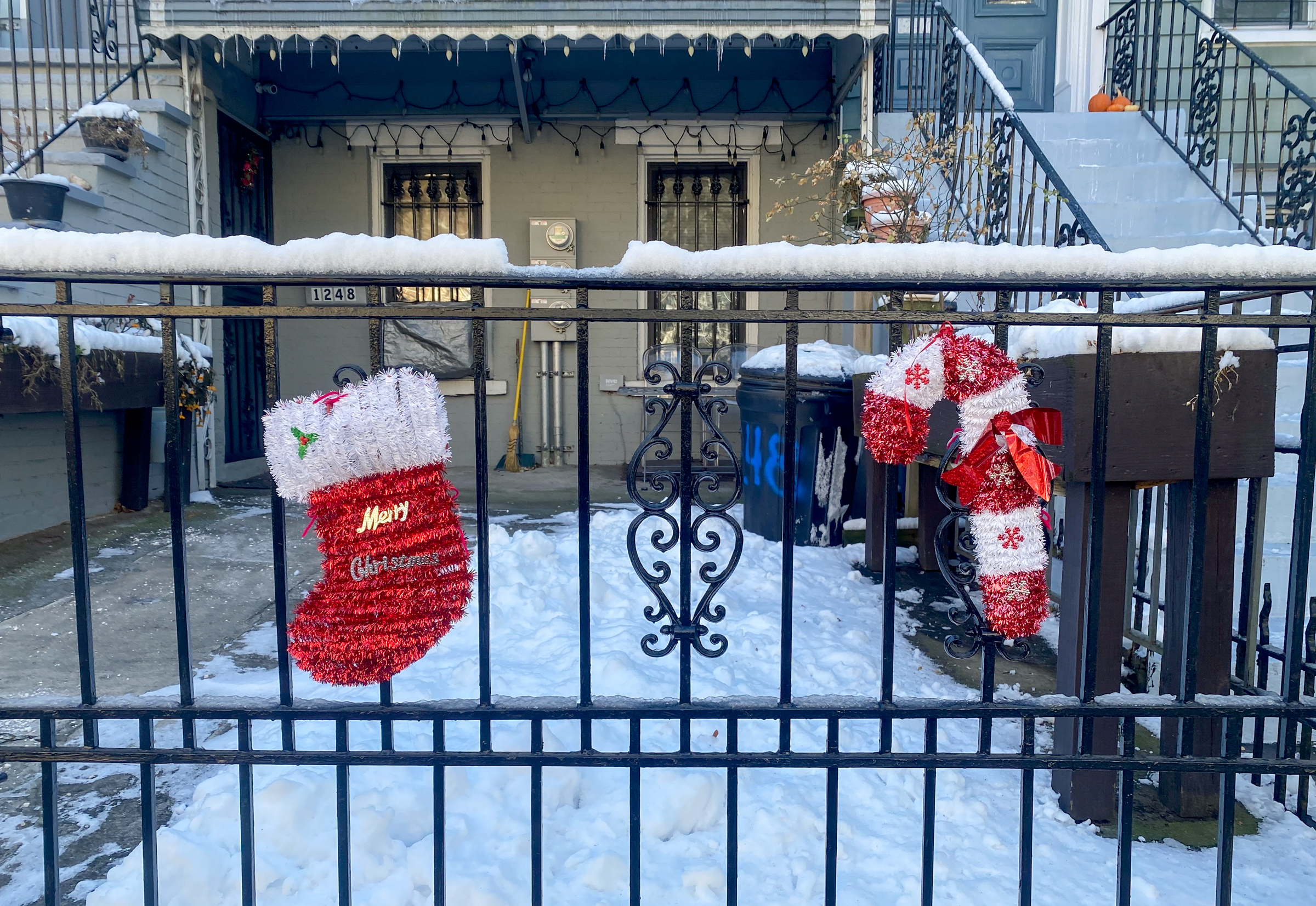Inside Third & Bond: Week 70
This week, the Third & Bond bloggers walk us through how they coordinate with a utility—in this case Verizon—throughout the construction process. Have you seen Verizon Wireless’s latest ad campaign? It’s a series of horror parodies that end with the Verizon guy giving the almost-victims a thumbs up. Nope, no dead zone here scary axe…


This week, the Third & Bond bloggers walk us through how they coordinate with a utility—in this case Verizon—throughout the construction process.
Have you seen Verizon Wireless’s latest ad campaign? It’s a series of horror parodies that end with the Verizon guy giving the almost-victims a thumbs up. Nope, no dead zone here scary axe man or creepy motel guy. We’ve got Verizon! Meanwhile Verizon’s FiOS gets a more understated approach: two techs, one from Verizon and one from the other cable company run into each other in an apartment building. Though the Verizon tech tries to be modest, it’s clear he’s offering the superior service and the other guy resents him. Despite the differences in style, what message about Verizon can we take from both? There are people, real humans, who make sure Verizon works. They are polite, dedicated, and there when we need them.
Just like these ads, our Verizon contacts were at Third + Bond when we needed them. They were polite, dedicated, and they scared away a big, scary beast. Or was that the electrician? As developers of a new building, we set up all of the utilities including Verizon, TimeWarner, ConEd, and National Grid. By coordinating with the individual companies during design and construction, we ensure the building will have the proper wiring for all the services that inhabitants might want. The process is similar for each of these so we’ll just take Verizon as the example.
Continued below…
Copper and FiOS
We first established with Verizon that we want both standard copper wiring for phone service and ducting for FiOS. Why do both? Number one is that our project timeline and the FiOS build-out in the neighborhood is neck-in-neck. If we finish first, then copper wiring assures immediate access to Verizon phone and internet services. Otherwise, our residents would have to wait however long it takes for Verizon to finish FiOS. Number two is that we want to make sure the building is fully equipped over equipped is better than under equipped.
How do we start?
We call Verizon’s new construction service people and they tell us if we have a big project or a small project. Then we get funneled to the big project office or the small project office. In the case of Third + Bond, it’s been a little confusing because we have 8 buildings that are small but altogether we are big. We fill out some paperwork promising Verizon that they be able to maintain their equipment that they install in our building for at least five years and provide service to any residence for as long as the resident wants it.
Then we start talking in earnest about access and distribution points. We agree to connecting with Verizon’s FiOS line that runs beneath the sidewalk on Bond Street by bringing it into our cellars on Bond Street. From the corner, the conduit will snake through the mechanical rooms in the cellars along Third Street. We’ll provide two points for Verizon wiring to exit our project, running underneath the back yards to two poles that are in neighbors’ back yards. And voila, we’ve aided Verizon in distributing FiOS not only to our project but also to the neighbors behind us and up the block. (See diagram: red outline = property line, red shading = building footprint, dotted line = horizontal connection from street throughout project and to neighbors’ poles, black boxes indicate location of vertical connections.)
As for distributing FiOS vertically within Third + Bond, we’ll put in conduit as a placeholder for now. We’ll install the horizontal wiring within the building rather than just conduit; the phone wires from the vertical source into each apartment and each room in that apartment that gets phone service. When FiOS is ready and when any single resident at Third + Bond calls for it, Verizon will come out and snake the wiring through the vertical conduit to establish service.
Who pays?
Verizon pays for the wiring and telecommunications equipment. We pay to put in the place holder conduit and the horizontal wiring. The idea is that we are giving Verizon the customers, Verizon is giving us the promise of service, and the customers will pay Verizon to use the service. We all get something.
Speaking of something, wouldn’t it be something if Verizon combined the two ad campaigns? Take a look at that other cable guy. He’s just one more lost customer away from snapping…
Inside Third & Bond: Weeks 1-65 [Brownstoner]
From our lawyers: This is not an offering. No offering can be made until an offering plan is filed with the Department of Law of the State of New York.”





this is supposed to make a slumlord developer look interesting…they will end up unloading this crap as projects…
Wait until you get the Verizon bill after the contract is over! Meantime I can always walk away from my Time Warner account.
Verizon can suck my crooked pole. Seriously, it’s been three years. When are you fraks going to come out and make the repairs. My stuff is dragging on the ground already.
Psssssh!
“in a nutshell what is this about.”
It’s about 70 Weeks Old. Ba dum dum.
i always pop into this thread a few hours after it’s posted to see the first two comments and im never unsatisfied. i would probably read this post but i honestly havent the slightest clue what it’s about. in a nutshell what is this about.
*r*
Snark, the good news is that once this project is completed, we might be out of this Depression and home sales might rebound!
Out on the web was a lonely blogpost
Lay ee odl lay ee odl lay hee hoo…